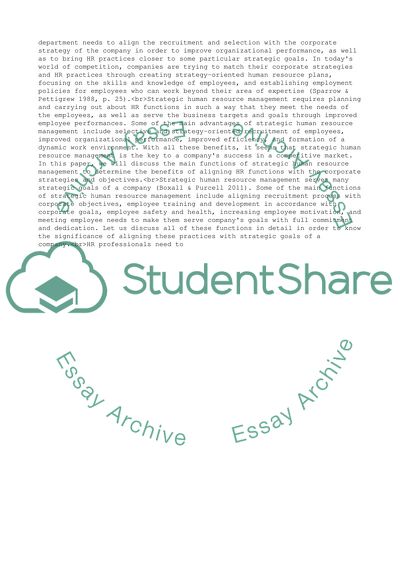Cite this document
(“Davidson (cited in Stone 2011, p.36) argues that Strategic Human Essay”, n.d.)
Davidson (cited in Stone 2011, p.36) argues that Strategic Human Essay. Retrieved from https://studentshare.org/management/1611827-davidson-cited-in-stone-2011-p36-argues-that-strategic-human-resource-management-shrm-demands-hr-professionals-who-are-willing-to-accept-responsibility-for-organisational-performance-outside-hrm-should-bring-their-specialist-hr-functions-mo
Davidson (cited in Stone 2011, p.36) argues that Strategic Human Essay. Retrieved from https://studentshare.org/management/1611827-davidson-cited-in-stone-2011-p36-argues-that-strategic-human-resource-management-shrm-demands-hr-professionals-who-are-willing-to-accept-responsibility-for-organisational-performance-outside-hrm-should-bring-their-specialist-hr-functions-mo
(Davidson (cited in Stone 2011, p.36) Argues That Strategic Human Essay)
Davidson (cited in Stone 2011, p.36) Argues That Strategic Human Essay. https://studentshare.org/management/1611827-davidson-cited-in-stone-2011-p36-argues-that-strategic-human-resource-management-shrm-demands-hr-professionals-who-are-willing-to-accept-responsibility-for-organisational-performance-outside-hrm-should-bring-their-specialist-hr-functions-mo.
Davidson (cited in Stone 2011, p.36) Argues That Strategic Human Essay. https://studentshare.org/management/1611827-davidson-cited-in-stone-2011-p36-argues-that-strategic-human-resource-management-shrm-demands-hr-professionals-who-are-willing-to-accept-responsibility-for-organisational-performance-outside-hrm-should-bring-their-specialist-hr-functions-mo.
“Davidson (cited in Stone 2011, p.36) Argues That Strategic Human Essay”, n.d. https://studentshare.org/management/1611827-davidson-cited-in-stone-2011-p36-argues-that-strategic-human-resource-management-shrm-demands-hr-professionals-who-are-willing-to-accept-responsibility-for-organisational-performance-outside-hrm-should-bring-their-specialist-hr-functions-mo.


